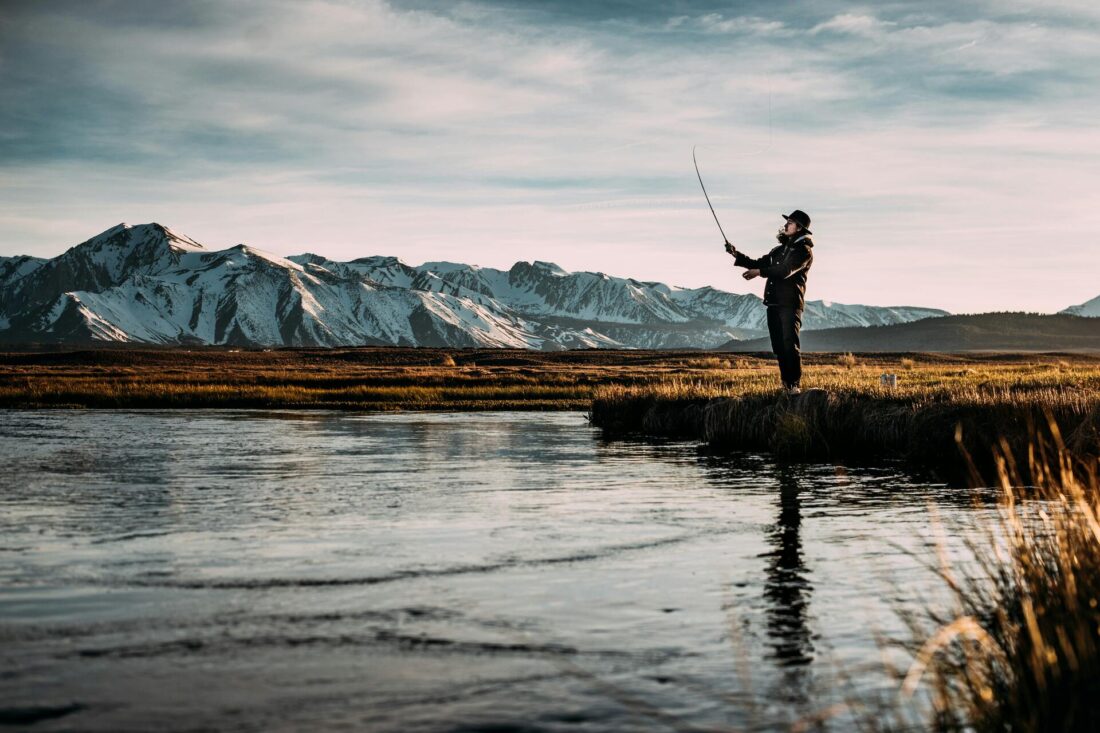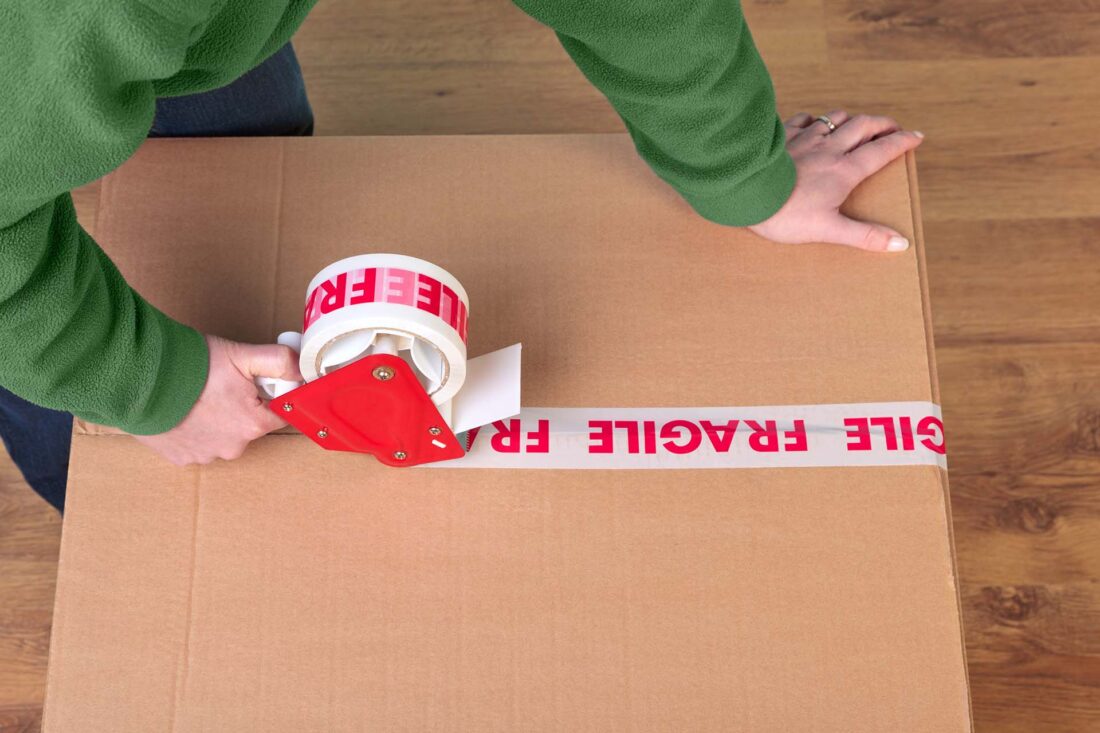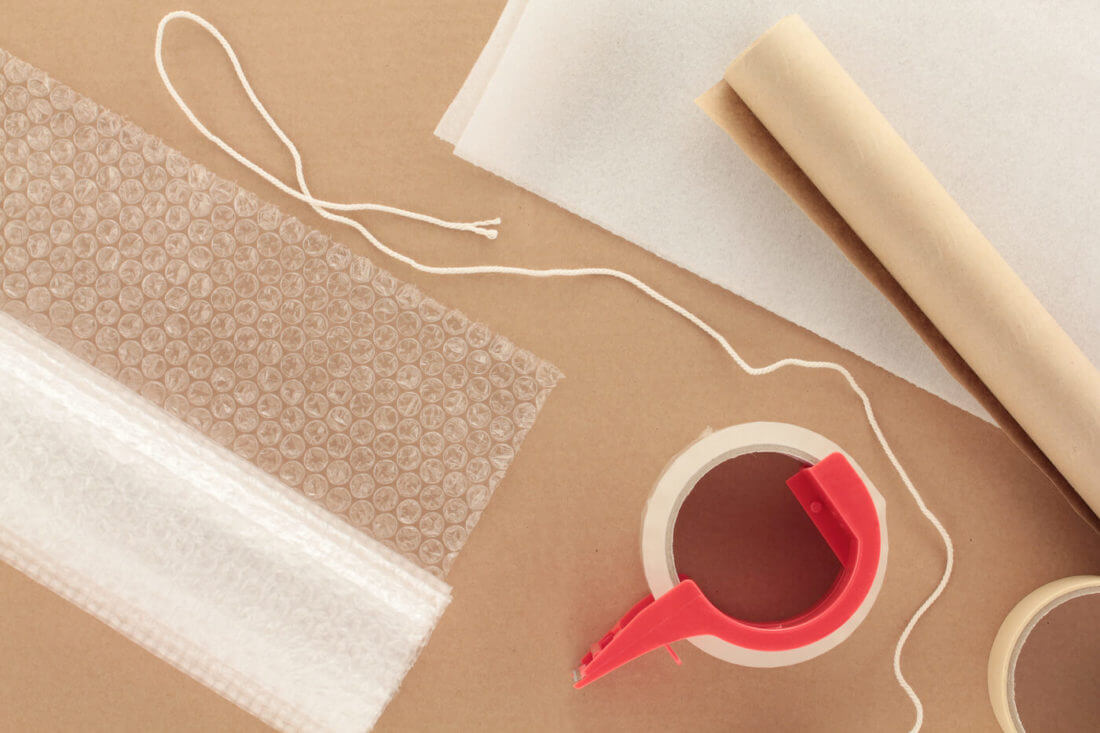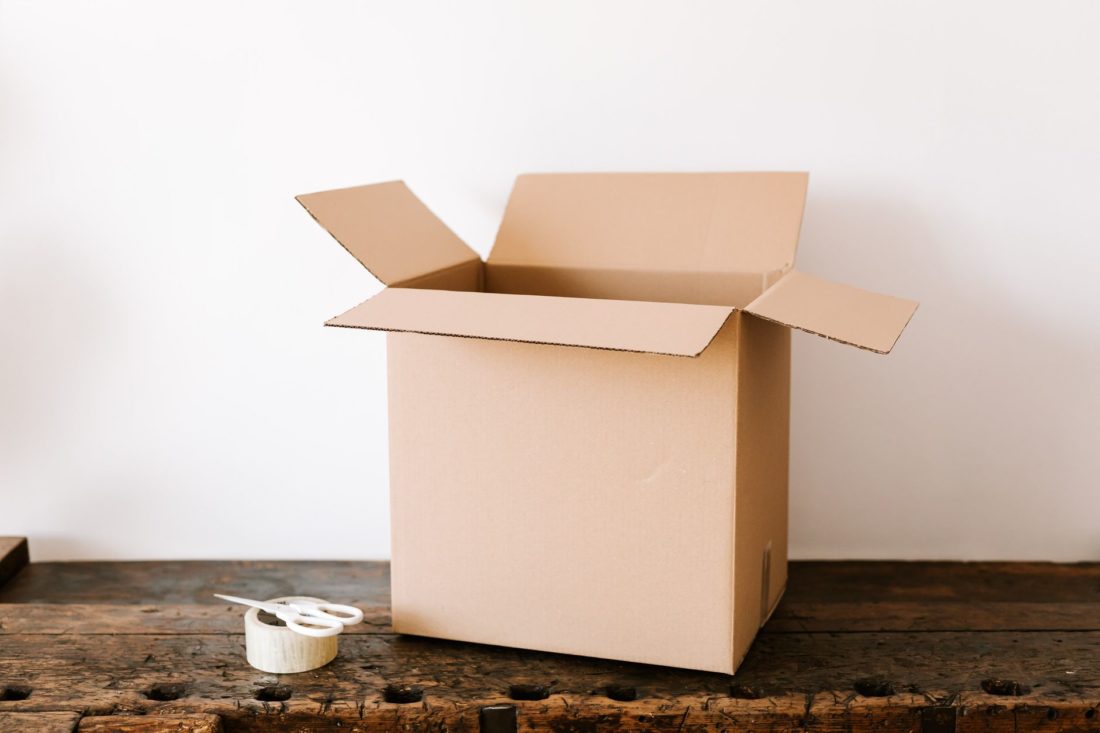If you are a dedicated fisherman, you are probably familiar with the problems of packing fly fishing gear for travel, especially when moving. And there’s also the question of how to transport fishing rods.


You can use one of two options: you can use the services of a professional courier or you can ship it yourself. In either case, you need to properly arrange your gear to avoid any potential breakage or damage which these long and delicate items are prone to. Here are some tips you can use to take care of it properly.
How to Transport Fishing Rods Safely
The best way to transport from the standpoint of damage protection is to keep them with you as carry-on luggage, which is allowed by the transport administration. In that case, they should be grouped and taped together, or left in their original package if possible and placed in a tube. This can be applied to 4 piece travel poles which are suitable for light fly fishing.


Is Bringing the Rod on a Plane the Best Way to Transport Fishing Rods?
For the charter boat, you need heavy trolling rods that are most likely not allowed on the plane. Those can be checked in as sports equipment, and most airline companies do not even charge extra for it, so no additional charges are involved. This can be very useful when looking for the cheapest way to move with your belongings. You should check the company policy regarding sports equipment on their website before you travel to the new home.
It may be prudent to check in all the equipment parts which may pose a threat to passengers’ safety, parts like knives, metal rod holders, hooks, etc., as airport security staff will not let you on the plane otherwise. Get all of the necessary information to ensure you have a smooth relocation process.
Materials for Packing Your Gear When Transporting Fishing Rods
When you start the process of packing your apartment you should get the proper supplies to handle and protect your items. There is a variety of packing materials on the market to use for this kind of equipment, if your moving out budget will allow it and if you have really expensive gear to take care of. Generally, you should have the following material:
- bubble wrap
- packing tape
- a solid cardboard tube or a plastic pipe
- a couple of end caps, packaging chips or crumpled paper
- packaging paper, measuring tape (for measuring the length of the tube to fit the poles, or you can simply compare them)
- scissors
- some kind of a saw to cut the tube or pipe.


How to Pack Spinning and Casting Rods for Travel and Backpacking
Select the Rod for Fly and Tenkara Fishing
If you have both spinning and casting poles, start by deciding which one will serve you best, and maybe profit from the occasion to get rid of the old worn ones which do not function well. If you are going to the mountain, you can try other techniques like old Japanese technique called tenkara fishing. However, you will need a rod, a tenkara line, and a fly, but you won’t need a reel, which will lighten your equipment for shipping.
Rod Protection When Transporting Fishing Rods
The best protection for your poles is a heavy-duty cardboard tube or a plastic pipe, which is cut to match the length of the longest rod plus two extra spaces on the ends of the tube/pipe for cups. The diameter and the length of the tube/pipe depend on some specifics, like the number of poles you are carrying and on their length. So, make sure to measure it before going in search of a tube/pipe.
Remove the Baitcast Reels
There are different types of fishing reels, and most of them usually don’t fit into the tube/pipe, so you should remove them from the pole, wrap them carefully in bubble wrap or in the original case. You can even carry the reel with you since they do not contain dangerous parts which can be considered a security threat. Trolling reels are larger, which means it will not fit into your bag, so you need to place them in your check-in bag. Keep in mind that particular airline companies may require the line to be detached from the reel, so take time to make inquiries before your travel.
Match the Spinning and Casting Rods
If you are packing several poles together, you need to arrange them adequately before putting them into the tube/pipe. Place the spinning and casting poles so that the two longest ones are facing the opposite way and the next two longest also, and join them with packing tape.


Bubble Wrap Each Rod Individually
You should bubble wrap your spinning and casting rods in their entire length, bearing in mind that the tips are the most fragile parts which need extra protection. It’s best if you wrap them in two layers and then secure them with the packing tape. Finally, place the bundle in the packaging paper, securing it with tape.
Arrange and Slide the Rod Inside the Tube
Put some packaging chips or crumpled paper in the tube/pipe, then insert the poles carefully. Add more chips or paper to make sure the poles do not touch the inner walls of the tube/pipe and to prevent them from shifting. Add some more on the top. You may shake the tube/pipe back and forth to check if anything is moving, and add more chips or paper if needed.
Place the End Caps
Place the end caps on both sides and secure them with tape. If you do not have caps, cut the round pieces from cardboard and place them instead, but be sure you seal it all properly with enough tape. Add more tape around the box for extra protection.


When You Pack It, Label the Container for Travel
Label each container properly with the content and your name and address before the time comes for your travel. Or, if it’s a really expensive piece, maybe you should consider getting additional moving insurance or even carry it yourself instead of putting it in a moving truck.






